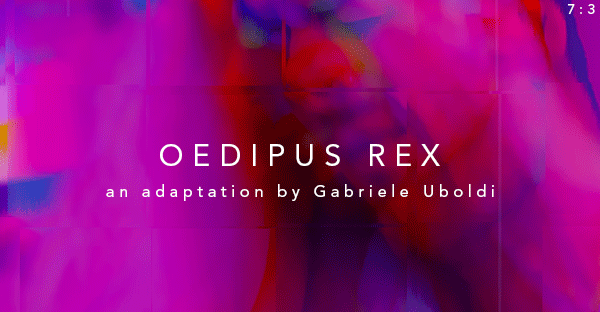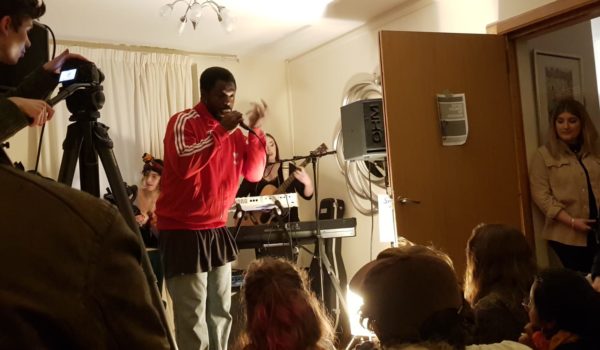Picture the scene: it’s 2015 and there’s a new Guillermo Del Toro film coming out. Fifteen-year-old me is beyond excited, as I’ve been a huge fan of this director since I first watched Pan’s Labyrinth in a Year 9 Spanish lesson (we were far too young – I’m still scarred from the bottle scene).
That film is rightly recognised as one of the finest films of the last two decades and since then, Del Toro has moved from strength to strength, with 2018’s The Shape of Water winning Best Picture and Best Director at the Oscars. But there’s one film by GDT which seems curiously underrated: his ‘gothic romance’, Crimson Peak.
Perhaps it was due to the trailers which sold it as a straight-up horror flick, but Crimson Peak never gained the critical or commercial attention it deserved. Despite this – or perhaps because of it – Crimson Peak is probably my favourite of Del Toro’s films.
Set in 1887, Crimson Peak tells the story of an American novelist, Edith, who moves to a crumbling mansion in the Cumberland countryside after falling in love with a mysterious English baronet. Once there, she uncovers a tangled web of intrigue and horror, and her nights are haunted by visitations from groaning, scarlet phantoms. It’s a familiar premise, yet one which Del Toro chews into with relish, luxuriating in and at times subverting the conventions of the Gothic genre.
The film is visually gorgeous: the titular ancestral home is stunningly realised by the production design, oozing (sometime literally!) with a grotesque menace. Every surface is cluttered with dripping candles and antique curios, whilst the red clay of the Cumberland soil seeps insidiously through the rotting floorboards as the building sinks deeper into the earth.
The cast are top-notch too, with Mia Wasikowska portraying the writer who marries into Tom Hiddleston and Jessica Chastain’s sinister family. The confined location and minimal cast results in a slow-burn chamber piece which layers on the apprehension and intrigue through suggestions of deception, conspiracy, and hysterical insanity, all of which culminates in the wince-inducing violence for which Del Toro has become known (cheeks! Always the cheeks!).
Ultimately though, this is an exercise in the Gothic genre, with Del Toro gleefully piling trope after trope on the screen in a manner which exploits the viewer’s familiarity with such conventions to build tension, yet also revels in their familiarity. As my far-better-read girlfriend observed, the film feels more in keeping with a classic Gothic novel than a modern feature film.
Sadly, owing to the fact that my family have a low tolerance for horror films (even though this barely qualifies as such) and I was far too socially awkward to ask a friend, I never ended up seeing Crimson Peak in the cinema. It wasn’t until university that I finally watched the film, and was bewitched by the darkness and beauty of Del Toro’s artistry.
So if you’re looking for an evening of fear and fantasy, close the curtains, turn out the lights, and settle down for a haunting tale of love, lies, and decay.
Crimson Peak is available on Netflix.








Comments